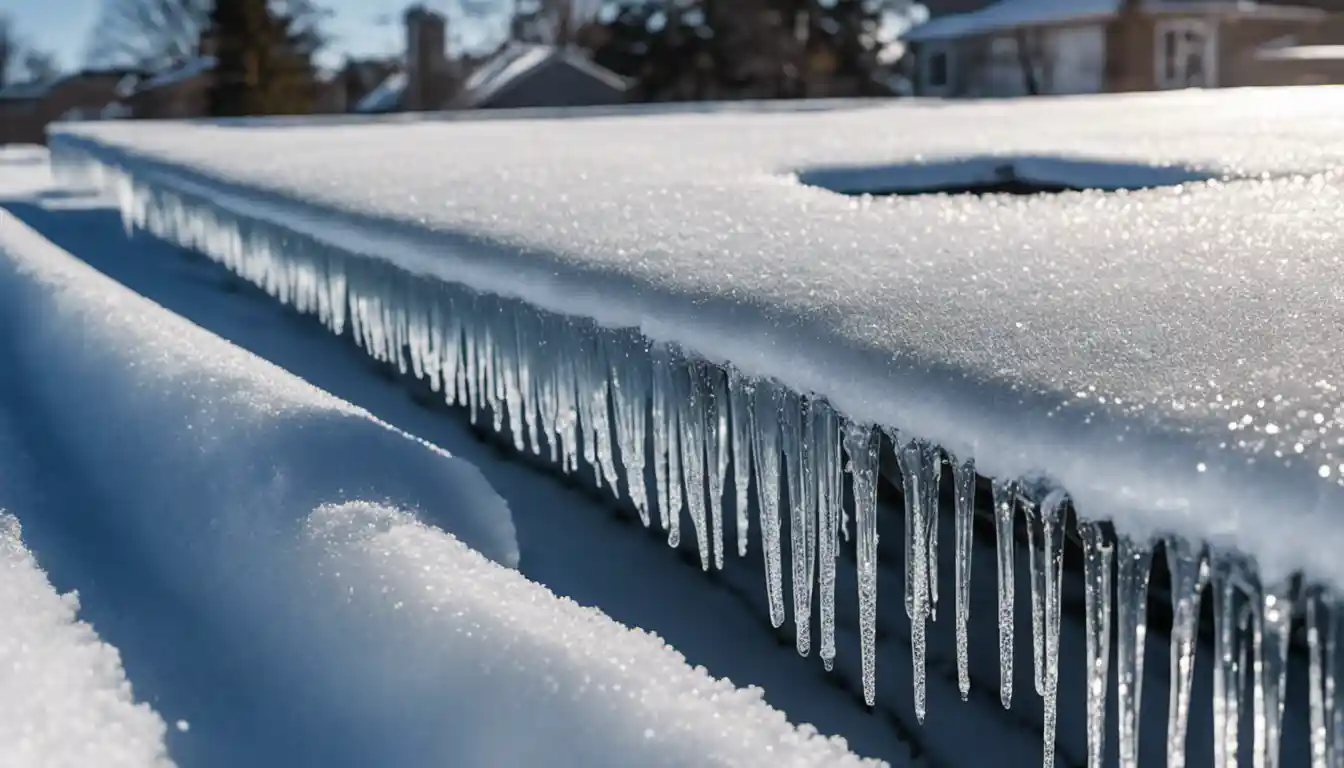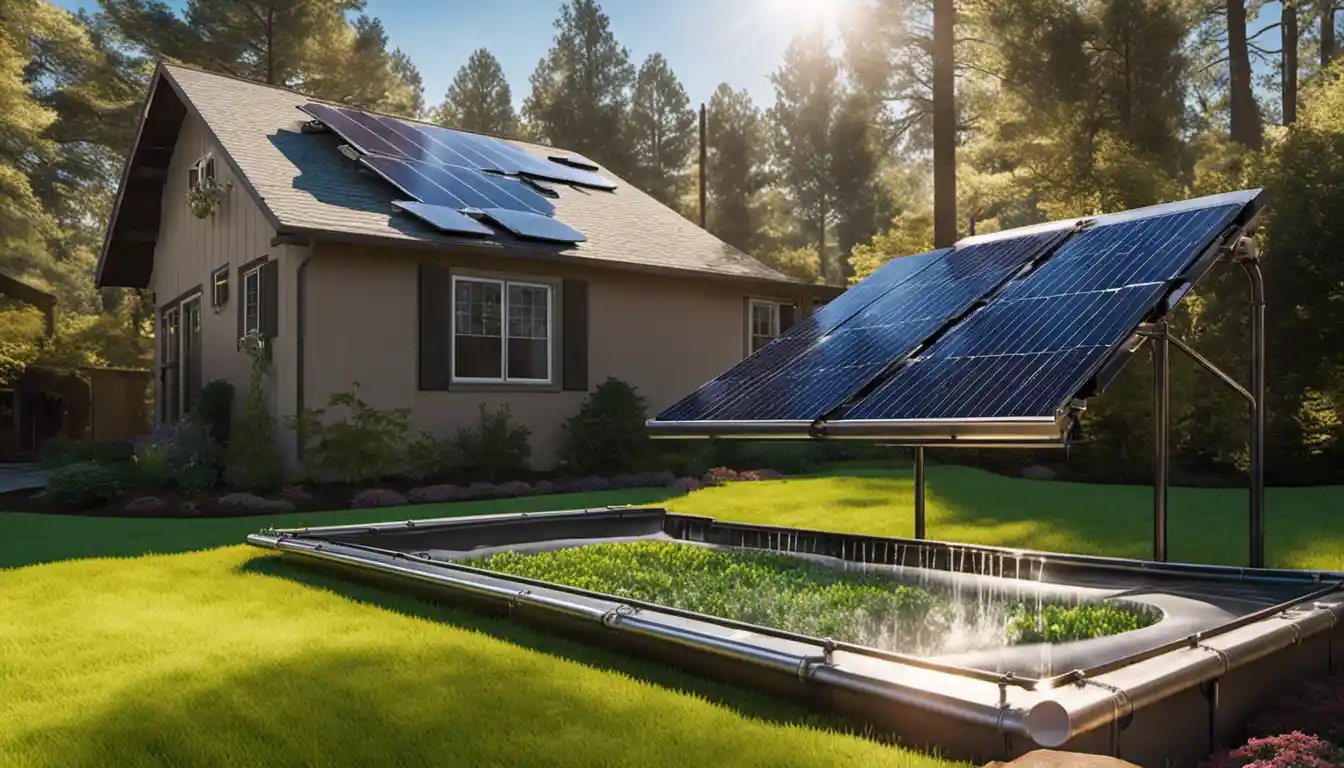Freeze Protection for Solar Water Heaters
Freeze protection in a solar water heating system is a mechanism or feature to prevent the water or transfer fluid within the system from freezing during cold temperatures, which can cause system damage. This can be achieved through methods like antifreeze solutions, drainback systems, or closed loop systems using a heat transfer fluid other than water.
Understanding Freeze Protection Valve in Solar Water Heaters
A freeze protection valve, also known as a freeze relief valve, is a crucial component of a solar water heating system in regions where below freezing temperatures are common. This ingenious device works like a thermostat that regulates the flow of fluid through the solar collector. It senses the temperature of water or transfer fluid within the system. However, the specifics of how it operates are quite interesting.
Purpose of Freeze Protection in Solar Water Heaters
Freeze protection in a solar water heating system comes with two main purposes. The first is to safeguard the water heating system from freezing temperatures that could cause cracking or other damages to the pipes, tanks, and even the solar collector. The second function is to ensure the optimal performance of your solar water heater, making sure that hot water is readily available even as mercury drops.
The Temperature Factor
These freeze protection valves are typically calibrated to open at certain temperatures. For instance, at 35ºF and 40ºF.
Action at 35ºF
The valve begins its action at roughly around 35ºF. When the sensed temperature drops to this level, the valve triggers a small opening to let out a regulated amount of water.
Action at 40ºF

Then, as it gets even colder, and the temperature drops to approximately 40ºF, the valve opens fully to allow quick flow of water, thus keeping the pipes from freezing.
Implementation of a Freeze Protection Valve
A solid understanding of the function of a freeze valve is necessary for its correct installation.
Placement in the Solar Water Heating System
The freeze protection valve can be installed in various places within the solar water heating system, depending on the specific layout and design.
Association With The Drain Plumbing
Ideally, it should be associated with the drain plumbing to allow the water or transfer fluid to escape outside when the valve activated.
Freeze Protection Strategies in Solar Water Heating Systems
There are a variety of strategies for freeze protection in solar water heating systems.
Utilizing Antifreeze Solutions
One of the commonly used strategies is the use of antifreeze solutions in the heating system. A heat exchanger is used to transfer heat from the heated antifreeze solution to the water that will be used in the household.
Implemented Draining of the Collector and Piping

Another strategy is draining the collector and piping when temperatures drop below freezing. This method is commonly known as the drain-back system, and it’s the pinnacle of freeze protection.
Active Solar Water Heating Systems
In active solar water heating systems, freeze protection is of great importance and is usually mandated by building codes in climates prone to freezes.
Importance of Heat Exchanger
In these systems, a heat exchanger is crucial as it separates the potable water from the antifreeze solution in the collector circuit.
Role of Freeze Protection
Without adequate freeze protection, not only can the collector be damaged, but the heat exchanger can also be compromised.
Storing Energy in Solar Water Heating Systems
Solar water heating systems often store energy in hot water tanks or using other means for use when needed.
Incorporation of Molten Salts
Some use an innovative method of storing energy by incorporating molten salts, which can hold a lot of heat and prevent the freezing of water in the system, further illustrating the importance and purpose of freeze protection systems.
The Drain-Back System in Effective Freeze Protection

As mentioned earlier, the drain-back system offers effective freeze protection for solar water heaters.
Principles of the Drain-Back System
Working on the principles of gravity and evaporation, this system allows the water in the collectors and piping to drain back into a tank when the pump isn’t operating, thus averting any chance of freezing.
The Role of Drain-Back System in Freeze Protection
The drain-back systems are best explained in our resourceful piece on how solar water heaters work, which provides a detailed explanation about their role in freeze protection.
The Case for Tankless Water Heaters
Tankless water heaters are becoming increasingly popular, thanks to their energy-saving potential.
Understanding Tankless Water Heaters
A tankless water heater heats water directly without the use of a storage tank, offering a considerable energy efficiency compared to traditional heaters. However, their reaction time to freezing temperatures is much faster due to the lack of a large amount of stored hot water.
Do Tankless Water Heaters Have Freeze Protection?
So, ‘do tankless water heaters have freeze protection?’ is an important question. The answer is, yes. Many modern tankless water heaters do come with a built-in freeze protection system. However, it’s significantly different from the freeze protection of storage water heater systems. The mechanisms may involve internal heaters and insulation—to keep the unit, pipes, and valves from freezing.
As you can see, investing in freeze protection for a solar water heating system is crucial. It not only prolongs the lifespan and functionality of the system but also ensures uninterrupted, efficient service even in the coldest of climates. Proper maintenance and inspection ensure the freeze protection system operates as intended, protecting your investment while providing plenty of hot water. There’s nothing ‘cooler’ than a hot bath in the dead of winter, powered by the sun!



